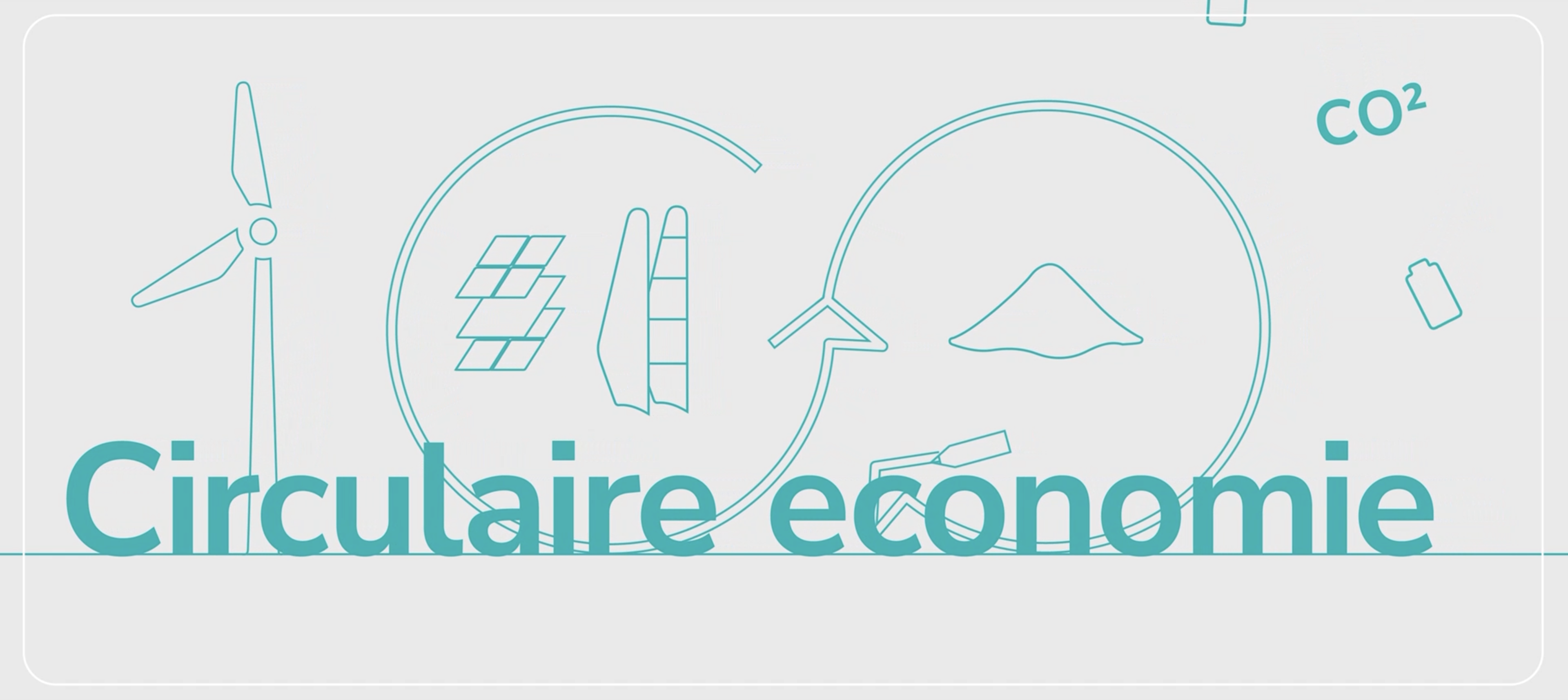Establishing the agenda
Our agenda focuses on three effects of the transition to the circular economy on our HTSM sector: how do we innovate our own products and processes to make them more sustainable, how do we innovate products and processes from other sectors to make them more sustainable and how can we take advantage of opportunities that the transition offers for new value chains?
We want a good connection with other circular activities in the Netherlands. Which is why, for our agenda, we are adhering to the Knowledge and Innovation agenda (KIA) Circular Economy 2024-2027 programme layout:
1. Design for circularity
We replace materials, for example with biomaterials, recycled materials and through element substitution in metal alloys. In addition, we create robust designs to improve product service life. We design them in such a way that they are easy to maintain, repair, refurbish and remanufacture.
2. Circular raw material chains and processes
We optimise the use of circular raw materials and improve raw material efficiency in processes. This concerns the reuse and recycling of plastics (see the NGF project Circular Plastics NL that was established partly under the auspices of the Top Sector HTSM) metals and critical raw materials (see the National Raw Materials Strategy) and the replacement of fossil-based raw materials with bio-based raw materials. We focus here on technical and system innovations so that, as a high-tech sector, we ourselves utilise raw materials more efficiently and, in doing so, develop solutions for other sectors.
3. System transition and acceptance
More is required for a successful transition than just technological innovations. We need to garner involvement from companies, consumers and governments in this transition. Our attention will hone in on awareness: the realisation that the transition to a circular economy is necessary and offers opportunities for high-tech industry. We emphasise the importance of cooperation between industry and government to create markets for solutions for a circular economy.
In addition to the KIA Circular Economy programme layout, we add a fourth line: digitalisation. Digitalisation has an important role to play in achieving the circular objectives with and beyond our sector. Good examples are circular product passports, predictive and preventative maintenance, digital twins and return logistics. Far-reaching digitalisation is required so that our sector can take the following - and sufficient - steps towards circularity and further increase productivity.
Programming of activities
With our agenda for action as a starting point, we put the transition to a circular economy centre stage. Not just in the programming for Holland High Tech and the Top Sector High Tech Systems and Materials, but also in the roadmaps for our sector. The Transition Team tables proposals from this agenda for additional stimulating measures for circular innovations. These proposals are supplementary to the projects that have already been presented by the strategic programmes from the PPS Innovation Scheme to the knowledge institutes.
In addition, as Holland High Tech, we have heightened alertness for opportunities for new public-private cooperation for the circular economy: do they really fit within the KIA Circular Economy, do they fall within the scope of the National Growth fund or a European context? Finally, as Holland High Tech, we are in consultation with national and regional authorities to remove obstacles.


